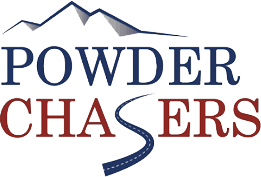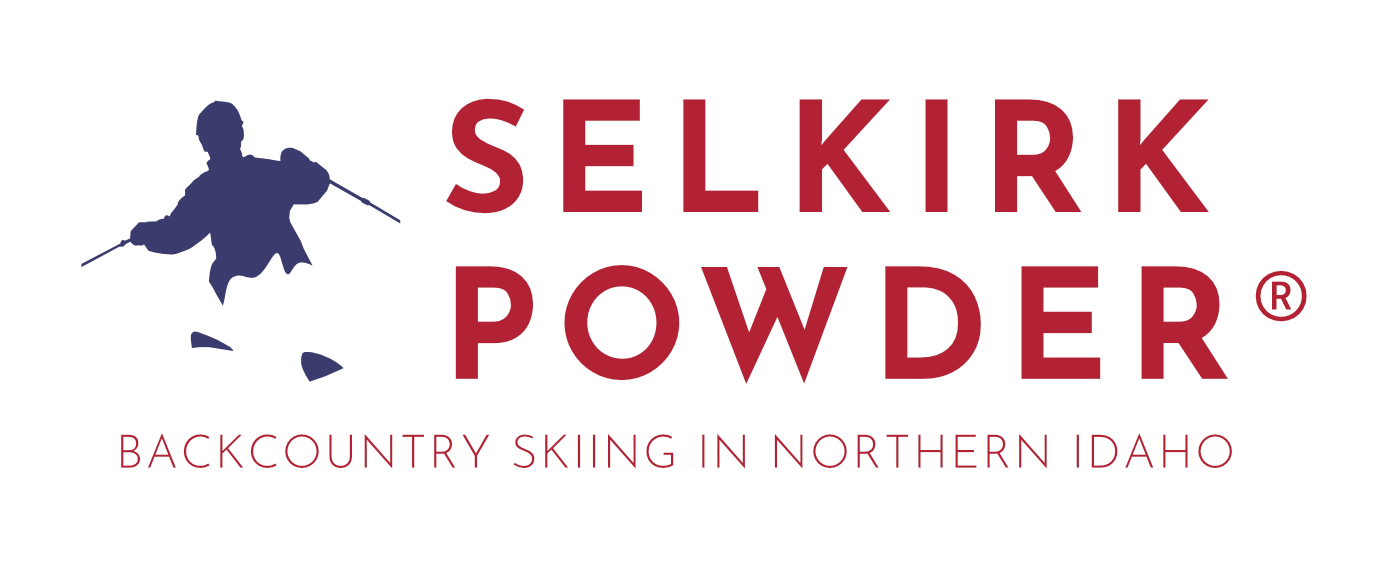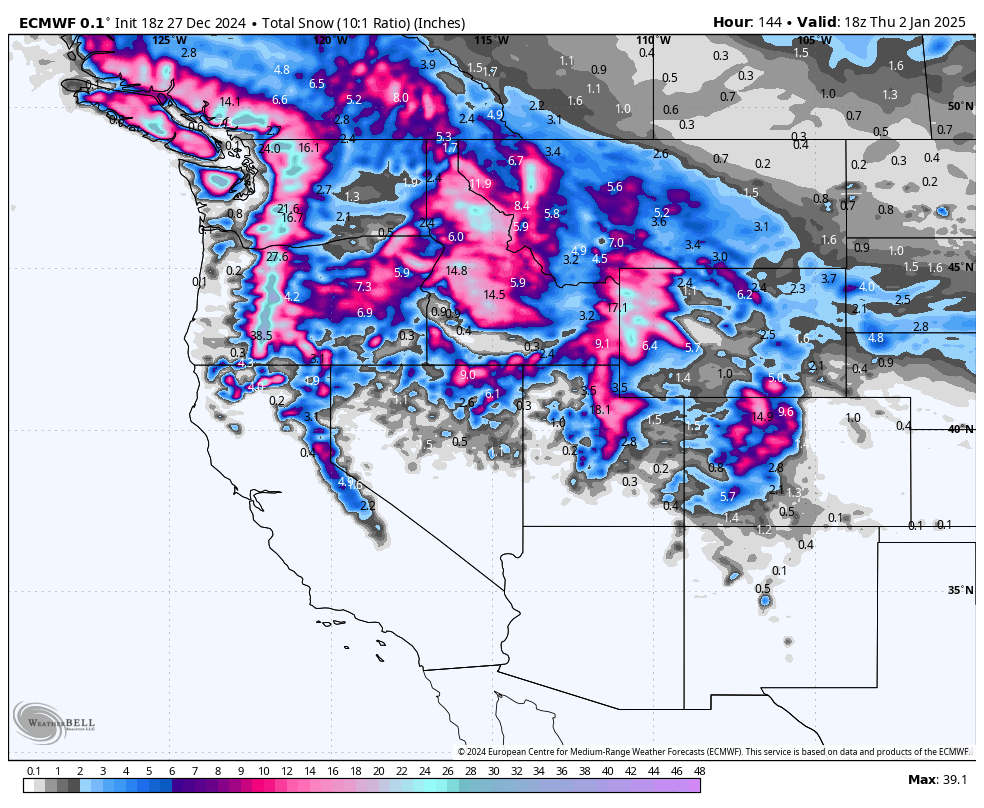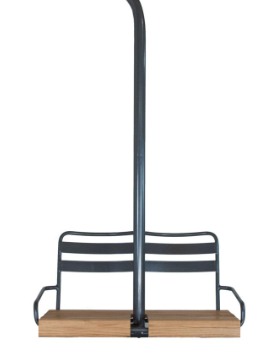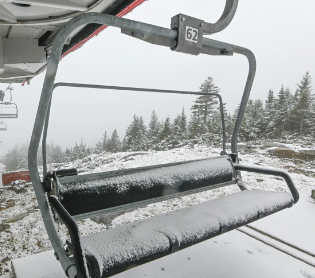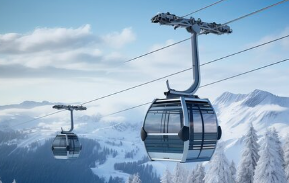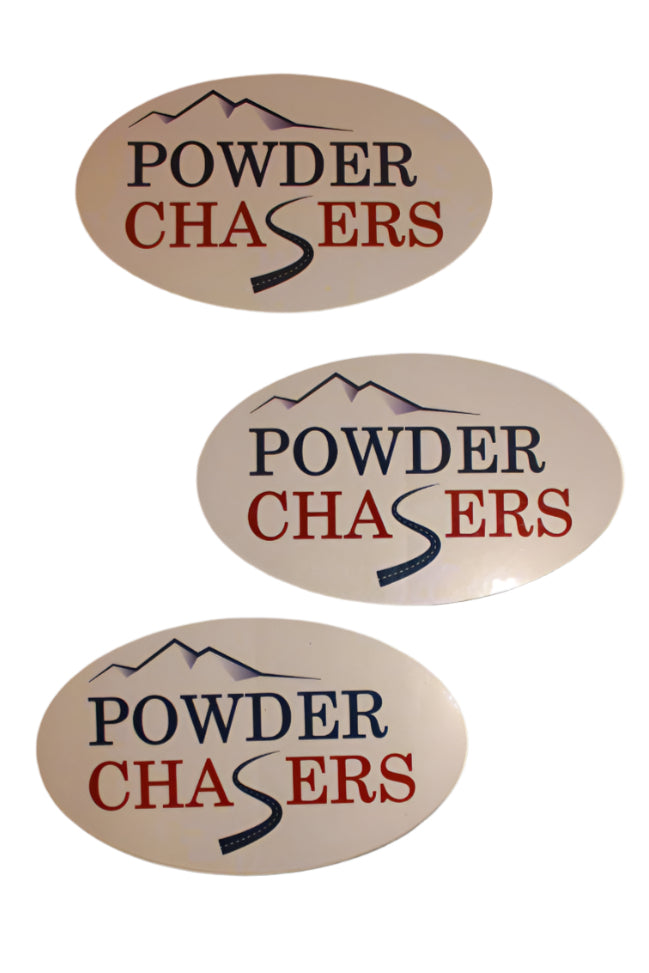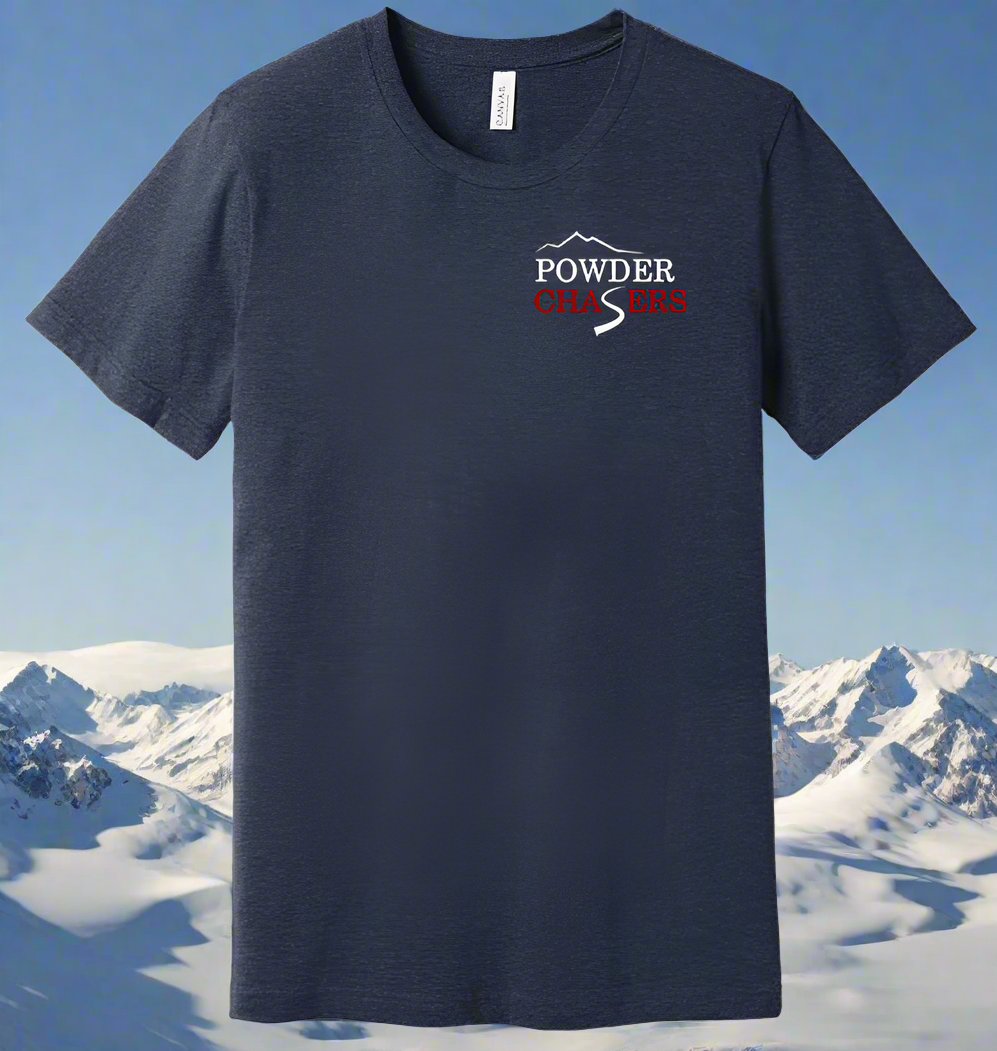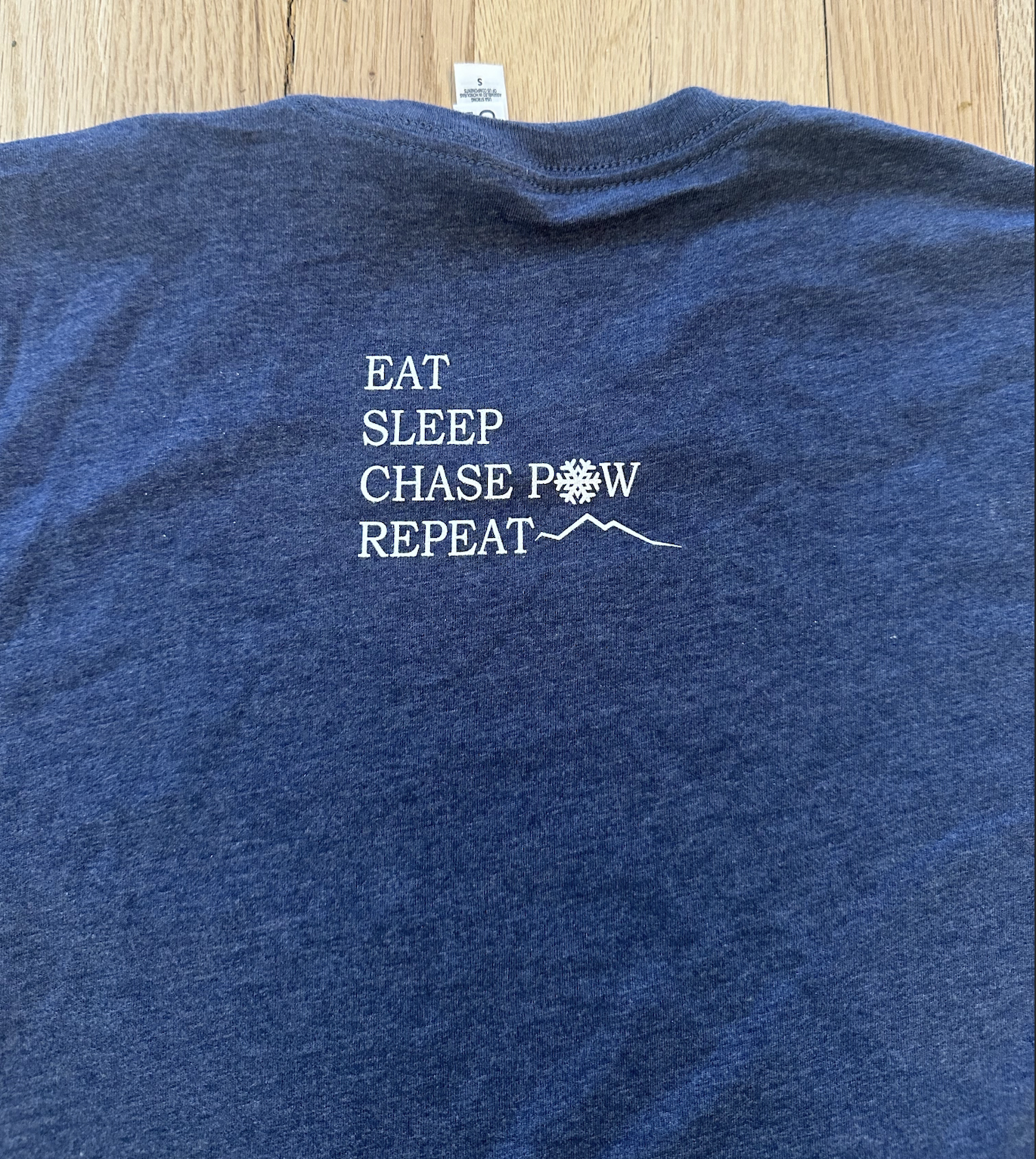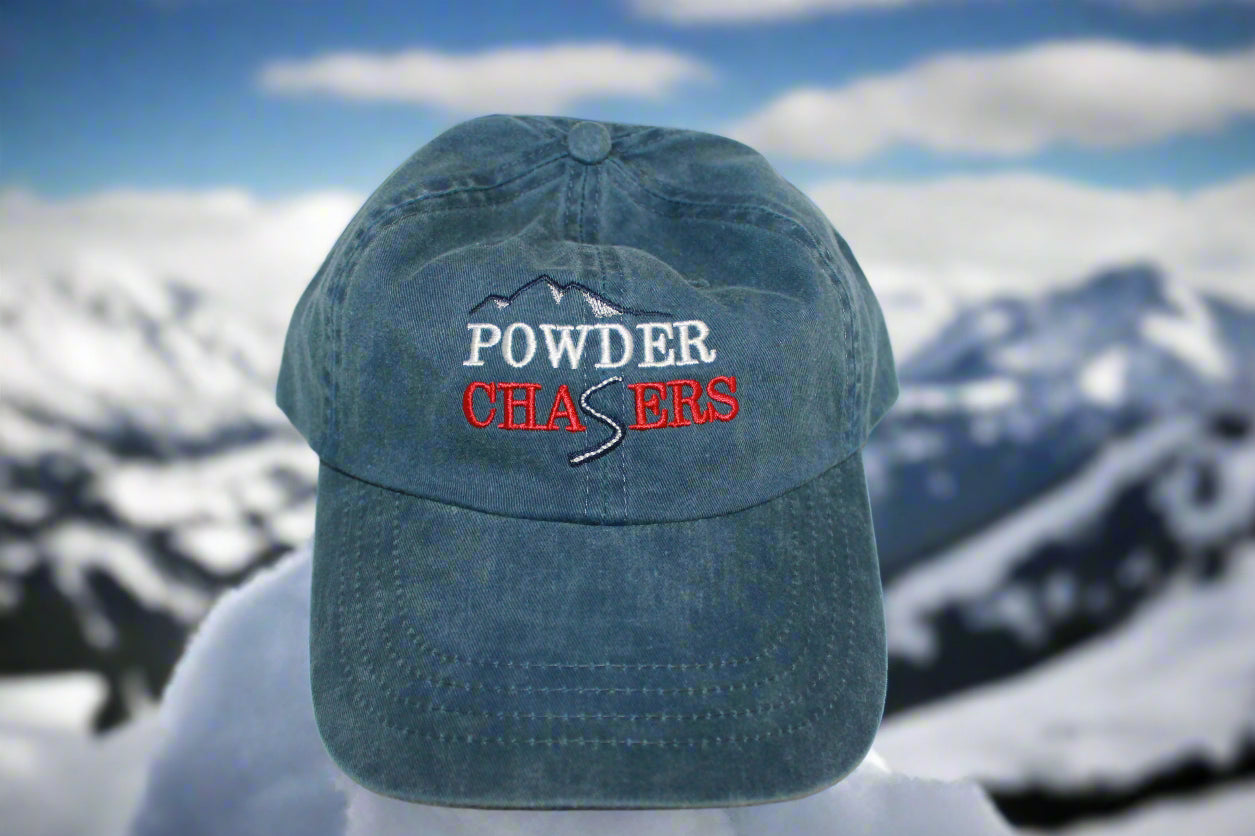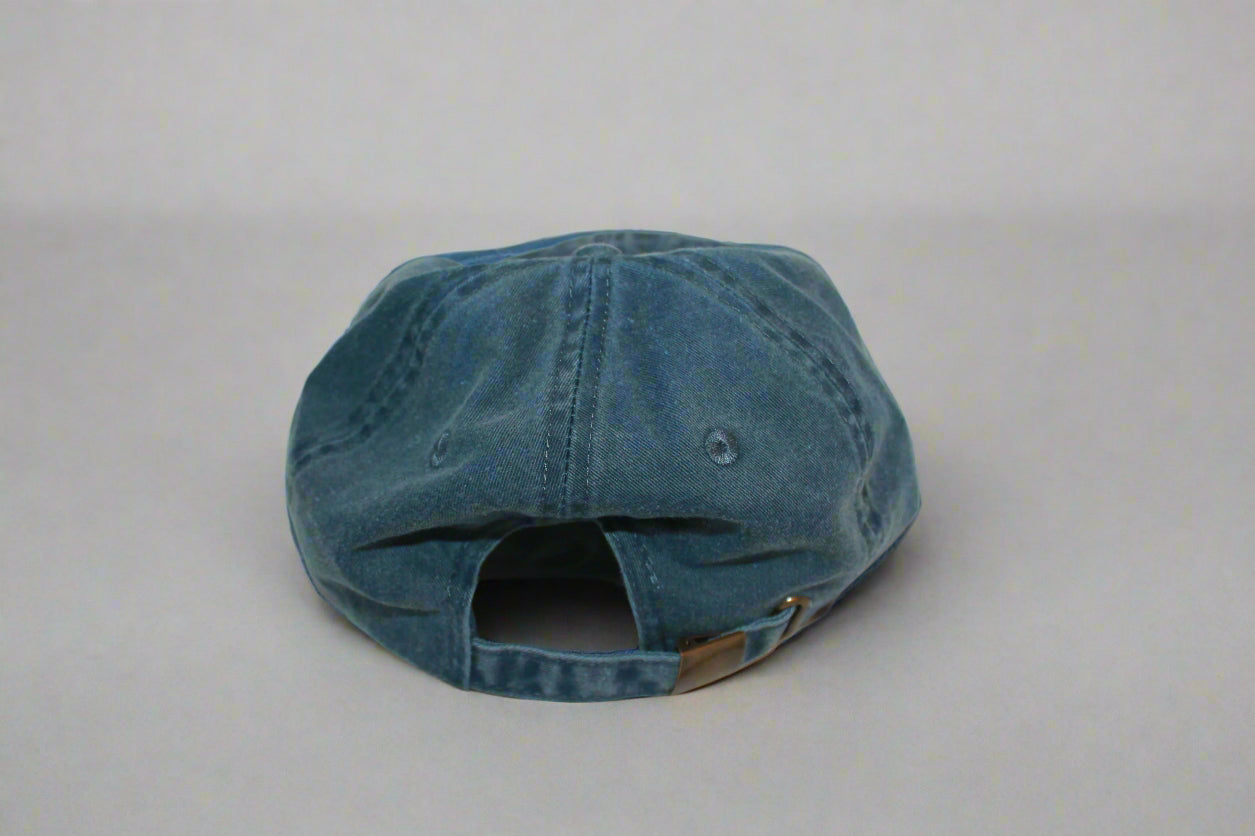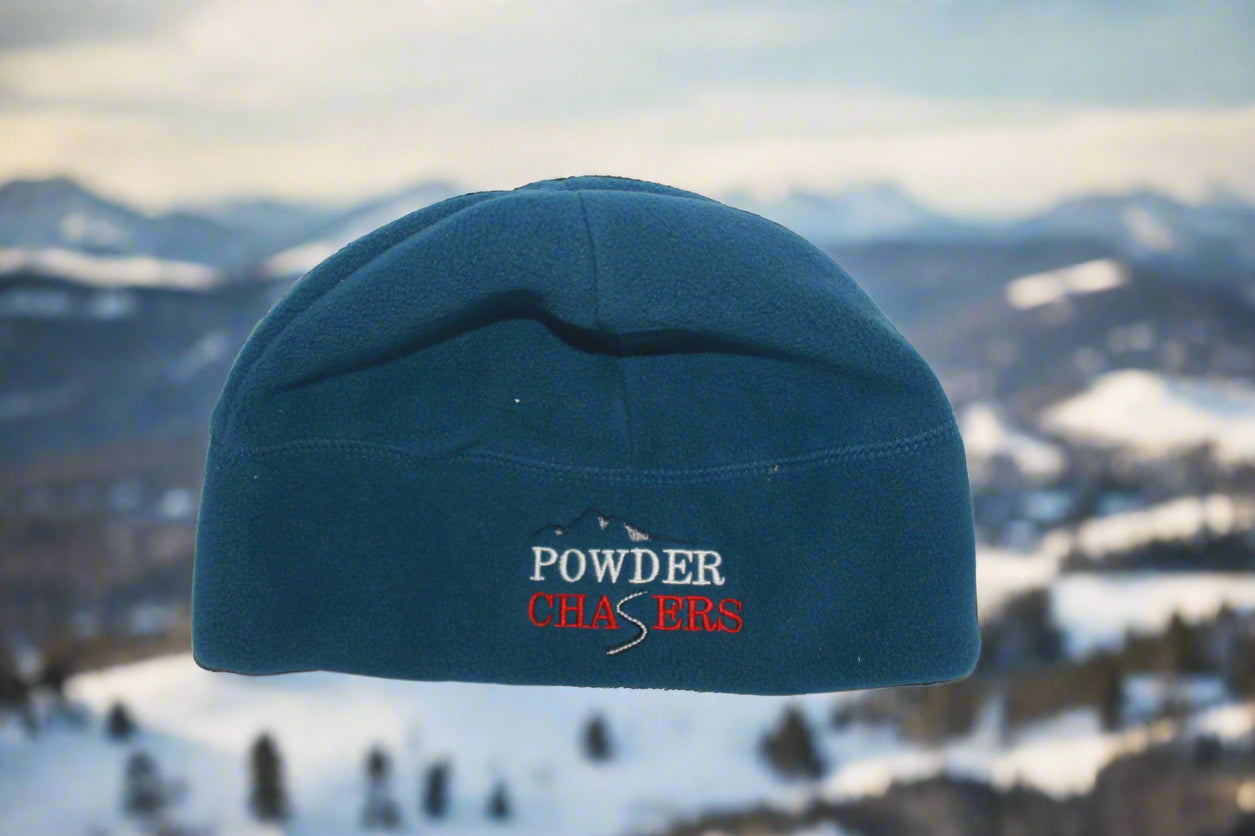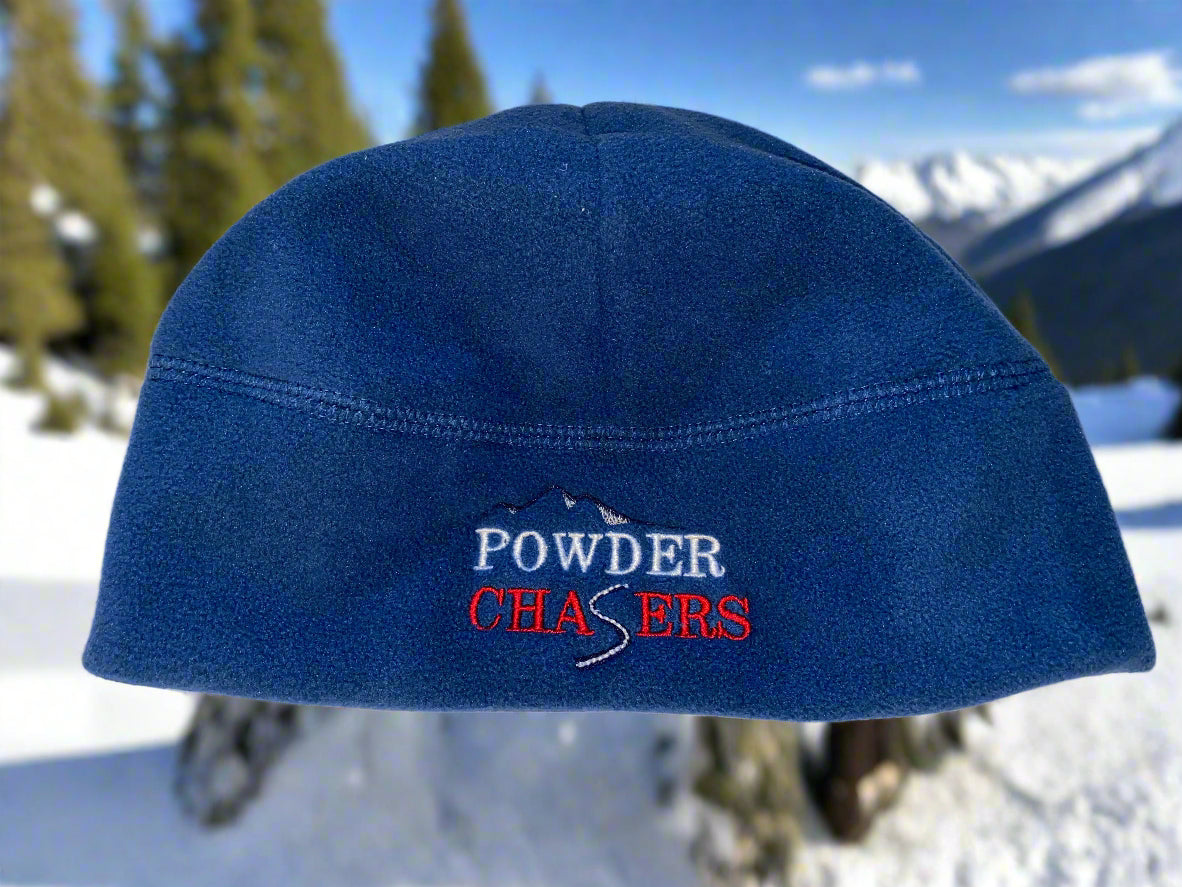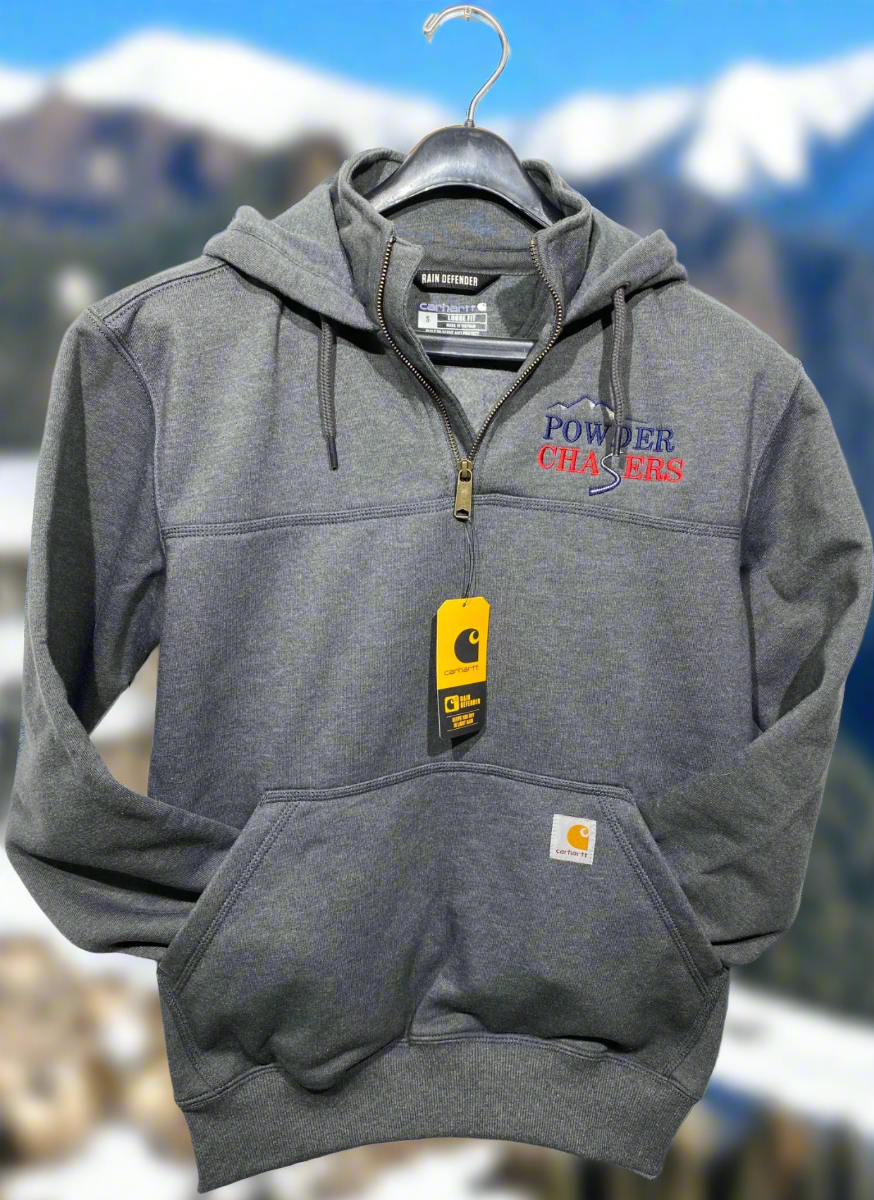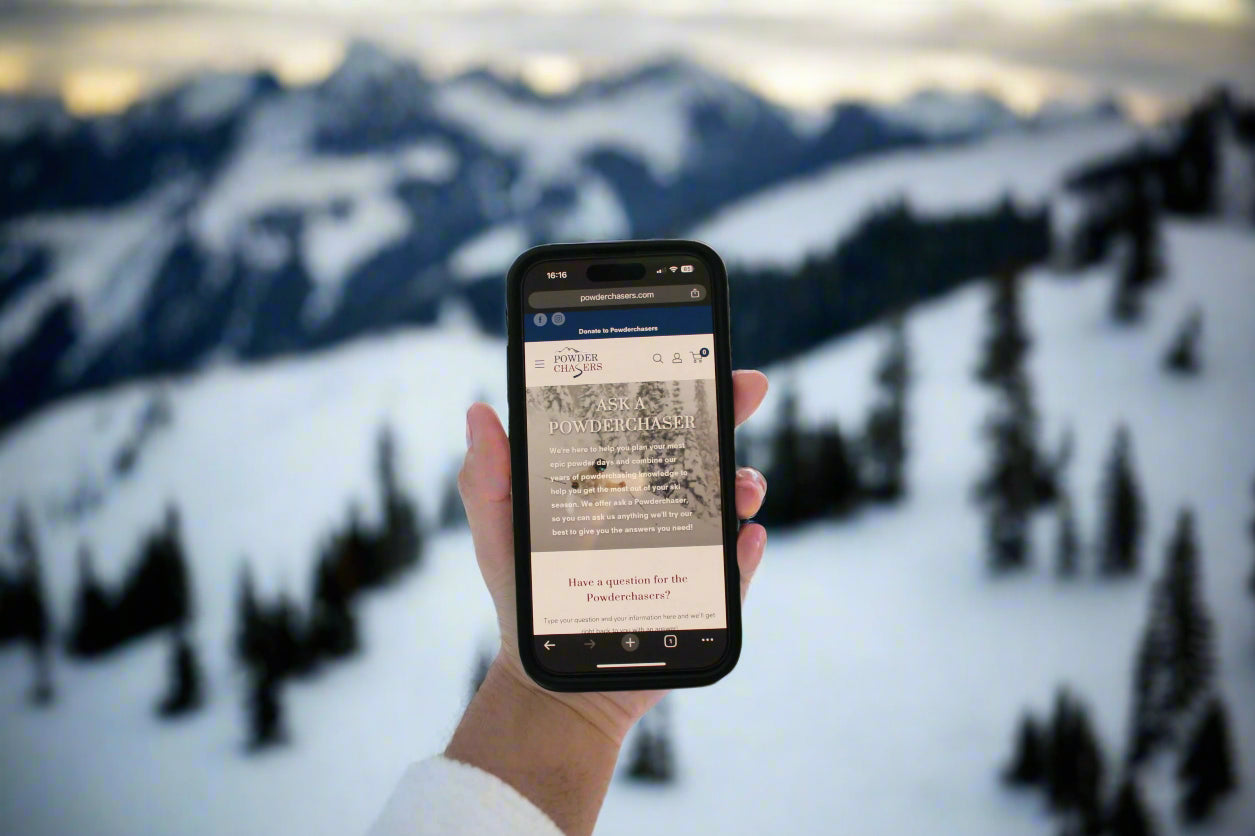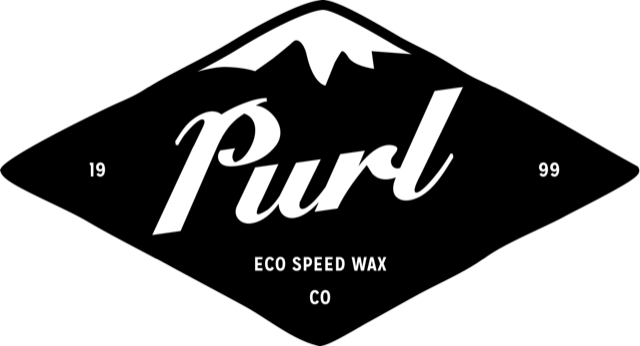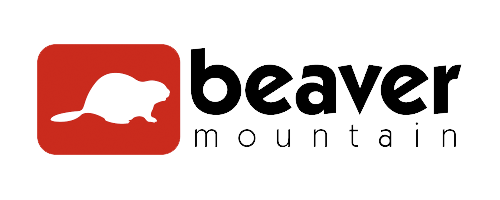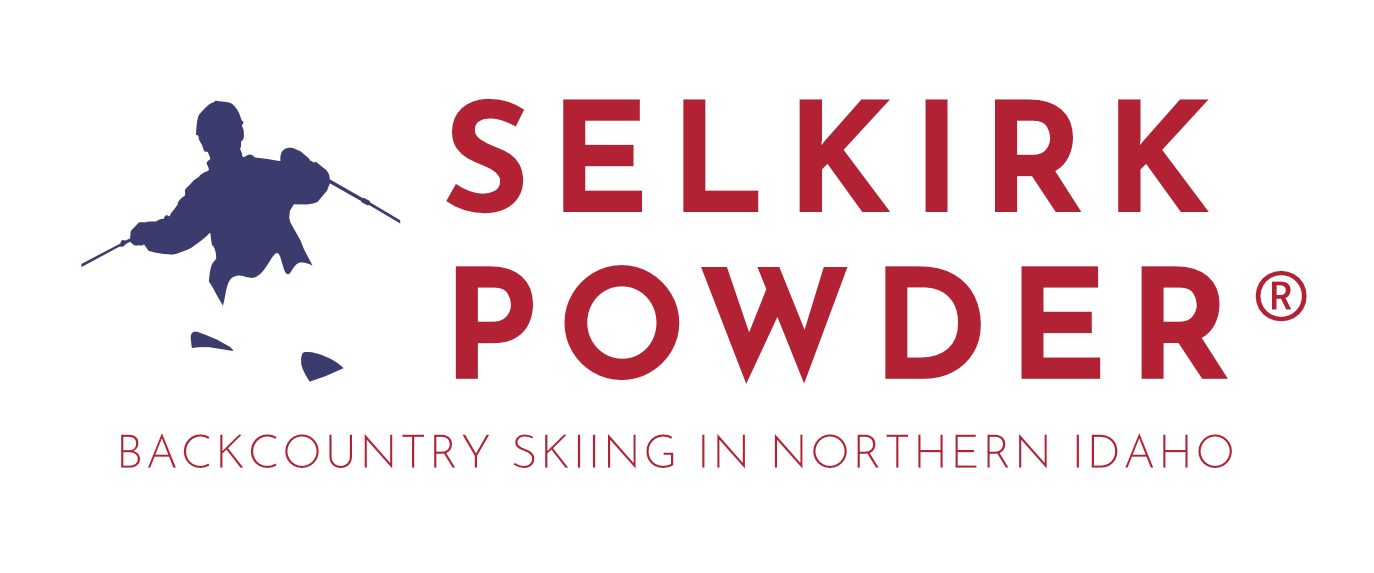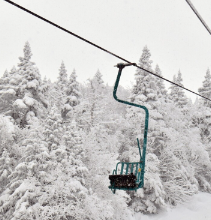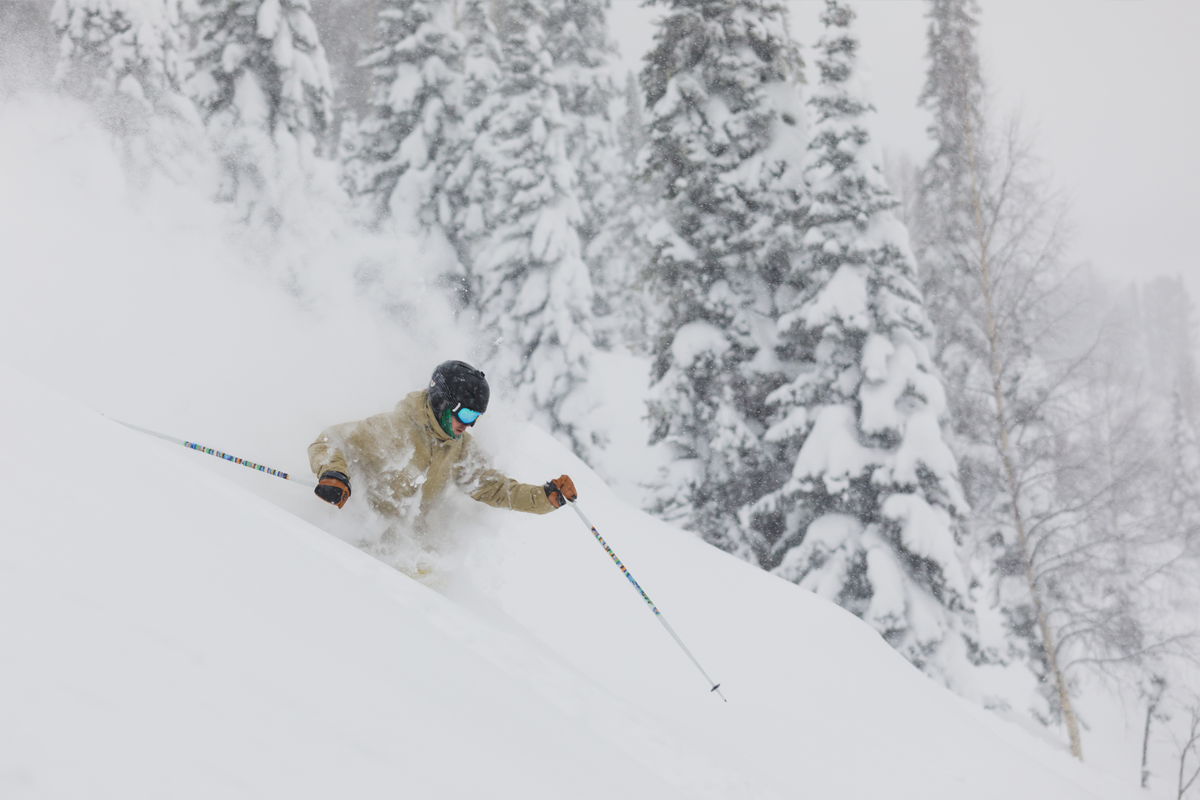NOTE: Please support Powderchasers with a donation, Merchandise purchase such as a hat or stickers, or sign up for our custom Concierge Powder Forecast Package, where we provide 1:1 phone and email support to get you to the deepest locations possible. When chasing snow, the Concierge gets you the best intel. Make sure to sign up for our free email list so you never miss a powder day.
It’s been a very active week with storms hammering the PNW and CA. Here are some totals around the west from the last 5 days before we get into the forecast. Most of these values are right in the ranges that we predicted:
- Timberline: 42”
- Crystal” 36”
- Selkirk Powder Guides: 30”
- Sugar Bowl: 24”
- Palisades Tahoe: 22”
- Bogus Basin: 20”
- Targhee: 19”
- Mt. Rose: 16”
- Snowbasin: 16”
- Big Sky: 15”
- PowMow: 15”
- Breckenridge: 13”
- Mt. Bachelor: 13”
- Brighton: 12”
- Mammoth: 12”
- Steamboat: 12”
As you can see from the gridded data, the last 5 days have been very favorable for the PNW and CA:

PACIFIC NORTHWEST

Forecast Discussion
1) General Conditions
A train of wet Pacific storm systems will keep skiing conditions busy and ever-changing across Washington and Oregon. Initially, a relatively warm airmass will have snow levels jumping between mid and higher elevations, producing heavier/denser snow. Then, intermittent colder intrusions will drop snow levels below the passes, bringing periods of moderate to heavy new snow, particularly to the Cascades and across into the Oregon volcanoes. Expect strong westerly winds near ridgetops and passes.
2) Snow Levels & Timing
In general, snow levels will often land between 3,000 and 5,000 feet, though brief warm spells can push it higher, while cold frontal passages can drop snow lines down near 2,000–3,000 feet. This means passes like Snoqualmie and Stevens will see relatively consistent snowfall periods, with heaviest totals typically coinciding with each frontal wave, often lasting 12–24 hours at a time.
3) Winds & Temperatures
Daytime temperatures are running mild at lower elevations, but upper mountain zones remain cold enough for ongoing powder accumulations—though it can be heavy/wet when the strongest warm-moist flows arrive. Westerly to southwesterly ridgeline gusts of 30–50+ mph may lead to drifting and limited visibility on exposed slopes.
Storm-by-Storm Resort Snowfall Totals:
Storm #1 (Fri 12/27 Day – Mon 12/30 Night)
Sorted from highest to lowest:
- Mt Bachelor: 24–41 inches
- Timberline: 21–37 inches
- Mt Baker: 17–30 inches
- Stevens Pass: 16–28 inches
- Crystal Mountain: 11–20 inches
- Snoqualmie Pass: 12–21 inches
- Whistler: 6–12 inches
Storm #2 (Tue 12/31 Night – Fri 01/03 Day (approximately))
Sorted from highest to lowest:
- Stevens Pass: 15–27 inches
- Whistler: 14–25 inches
- Mt Baker: 12–22 inches
- Crystal Mountain: 7–13 inches
- Snoqualmie Pass: 6–12 inches (plus an additional 1–3 inches Thu 01/02 Night)
- Timberline: 2–4 inches
- Mt Bachelor: 1–4 inches
CALIFORNIA

Forecast Discussion
1) General Conditions
Moisture streaming into the Sierra will deliver periodic snowfall over the coming days. Warmer air at times means base areas near Lake Tahoe might see mixed precipitation or rain, especially during the day. Between frontal systems, lulls in snowfall are likely, but moderate accumulations are still in the cards for upper elevations.
2) Snow Levels & Timing
Snow levels generally hover in the 6,000–7,500 ft range. The current wave through Sunday focuses on the northern Sierra (Tahoe and around). Totals look modest, but enough to keep surfaces fresh in the upper elevations. Southern Sierra areas (like Mammoth) will mostly see lighter accumulation.
3) Temperatures & Winds
Expect borderline snow/rain conditions around some lower mountain bases, with heavier, wetter snow in the mid elevations. Ridge gusts could pop in the 30–40 mph range but aren’t expected to be exceedingly strong most of the weekend.
Storm-by-Storm Resort Snowfall Totals
(Storm window mainly through Sun 12/29 Night)
Sorted from highest to lowest:
- Sugar Bowl: 6–11 inches
- Palisades Tahoe: 6–11 inches
- Kirkwood: 4–8 inches
- Northstar: 4–7 inches
- Mt Rose: 3–6 inches
- Heavenly: 2–5 inches
- Mammoth: 1–3 inches
INTERMOUNTAIN WEST

Forecast Discussion
1) General Conditions
A succession of moisture-laden disturbances will produce multiple rounds of mountain snow across Idaho, western Montana, and northwestern Wyoming. Snow levels will fluctuate, so valley floors could see mixed rain/snow at times while upper mountains pick up significant accumulations. The pattern should yield heavier totals where orographic flow is strongest—like the Tetons, southwestern Montana ranges, and the Idaho Panhandle high terrain.
2) Snow Levels & Timing
Expect levels near 4,000–6,000 ft for Idaho and southwestern Montana, dipping lower when colder waves move in. Wyoming’s Tetons, including Jackson Hole/Grand Targhee, remain favored for continued snowfall through early next week. Watch for heavier bursts under stronger surges.
3) Winds & Temps
Moderate to strong ridgetop winds are likely, which could generate blowing snow on exposed slopes. Temperatures stay near or a bit above normal in many valleys, but adequate cold air remains aloft to ensure primarily snow in mid and upper elevations.
Storm-by-Storm Resort Snowfall Totals
Idaho / Montana Region
(Covering roughly Fri 12/27 Night – Mon 12/30 Night)
Sorted from highest to lowest:
- Selkirk Powder Guides: 11–20 inches
- Big Sky: 10–18 inches
- Bogus Basin: 9–17 inches
- Sun Valley: 8–15 inches
- Whitefish Mountain: 7–13 inches
- Bridger Bowl: 3–6 inches total (split as ~0–1" early then 3–6" Sun–Mon)
Wyoming Region
(Fri 12/27 Day – Tue 12/31 Day, plus an additional wave around Thu 01/02)
Sorted from highest to lowest:
- Grand Targhee: 21–36 inches for the main multi-day event, plus 1–4 inches Thu 01/02–Fri 01/03
- Jackson Hole: 20–35 inches
UTAH

Forecast Discussion
1) General Conditions
Northern Utah mountains will see healthy snow accumulations, particularly in the Cottonwoods, through the weekend. Though base elevations may flirt with rain/snow lines at times, mid and upper mountains should see consistent snowfall. After a Saturday lull, another round Sunday night into Monday will refresh surfaces yet again. Southern resorts like Eagle Point aren’t expected to pick up much from these waves.
2) Snow Levels & Timing
Snow levels in northern Utah typically fall around 5,500–7,000 feet, dipping lower with each colder intrusion. The first big push hits through Saturday evening, then a second wave arrives Sunday night into Monday.
3) Winds & Temps
Westerly/southwesterly ridgeline gusts could be strong at times, blowing around fresh snow on exposed upper slopes. Daytime temperatures are a bit above seasonal norms for the valleys, but upper elevations remain cold enough for good coverage.
Storm-by-Storm Resort Snowfall Totals
Storm #1 (Fri 12/27 – Sat 12/28 Night)
Sorted from highest to lowest:
- Alta/Snowbird: 12–22 inches
- Solitude/Brighton: 11–20 inches
- Powder Mountain: 10–18 inches
- Park City/Deer Valley: 7–13 inches
(No totals listed for Eagle Point this round.)
Storm #2 (Sun 12/29 Night – Mon 12/30 Night)
Sorted from highest to lowest:
- Alta/Snowbird: 4–8 inches
- Solitude/Brighton: 4–8 inches
- Park City/Deer Valley: 3–7 inches
- Powder Mountain: 3–6 inches
COLORADO

Forecast Discussion
1) General Conditions
The northern and central Colorado mountains see multiple rounds of snowfall. The first wave (through Saturday night) looks strongest around Steamboat and extending along or just north of I-70. Milder air will occasionally mix in, especially below ~8,000 feet, meaning the lower slopes could see a rain/snow combo. A second wave Sunday night into Monday will again target many of the same northern/central ranges with fresh accumulations. Southern mountains like Wolf Creek and Telluride appear to be in the lighter corridor of these storms.
2) Snow Levels & Timing
Expect the first storm to linger through Saturday night, with heaviest totals ending by Saturday evening. Then, after a brief lull, another wave Sunday night into Monday should redevelop moderate accumulations—especially from Steamboat down through Vail, Winter Park, and along the Divide near Loveland.
3) Winds & Temperatures
Moderately gusty winds over higher terrain will create patchy blowing snow. At lower elevations, temperatures remain relatively mild for December, which limits widespread accumulations in valleys. By mid next week, cooler air could spill in from the north, lowering snow levels again.
Storm-by-Storm Resort Snowfall Totals
First Storm (Fri 12/27 – Sat 12/28 Night)
Sorted from highest to lowest:
- Steamboat: 11–20 inches
- Telluride: 3–6 inches
- Vail/Beaver Creek: 3–6 inches
- Crested Butte: 2–5 inches
- Copper Mountain/Breckenridge: 2–4 inches
- Loveland/Arapahoe Basin: 2–4 inches
- Snowmass: 1–4 inches
- Monarch: 1–3 inches
- Wolf Creek: 0–2 inches
- Winter Park: 0–1 inch (plus 0–2 inches Sat night)
Second Storm (Sun 12/29 Night – Mon 12/30 Night)
Sorted from highest to lowest:
- Loveland/Arapahoe Basin: 4–9 inches
- Vail/Beaver Creek: 4–9 inches
- Winter Park: 4–8 inches
- Copper Mountain/Breckenridge: 3–7 inches
- Snowmass: 2–5 inches
- Crested Butte: 2–4 inches
- Monarch: 0–1 inches
- Telluride: 0–1 inches
Follow us on Instagram and Facebook @powderchasers to never miss a powder day!
NOTE: Please support Powderchasers with a donation, Merchandise purchase such as a hat or stickers, or sign up for our custom Concierge Powder Forecast Package, where we provide 1:1 phone and email support to get you to the deepest locations possible. When chasing snow, the Concierge gets you the best intel. Make sure to sign up for our free email list so you never miss a powder day.
